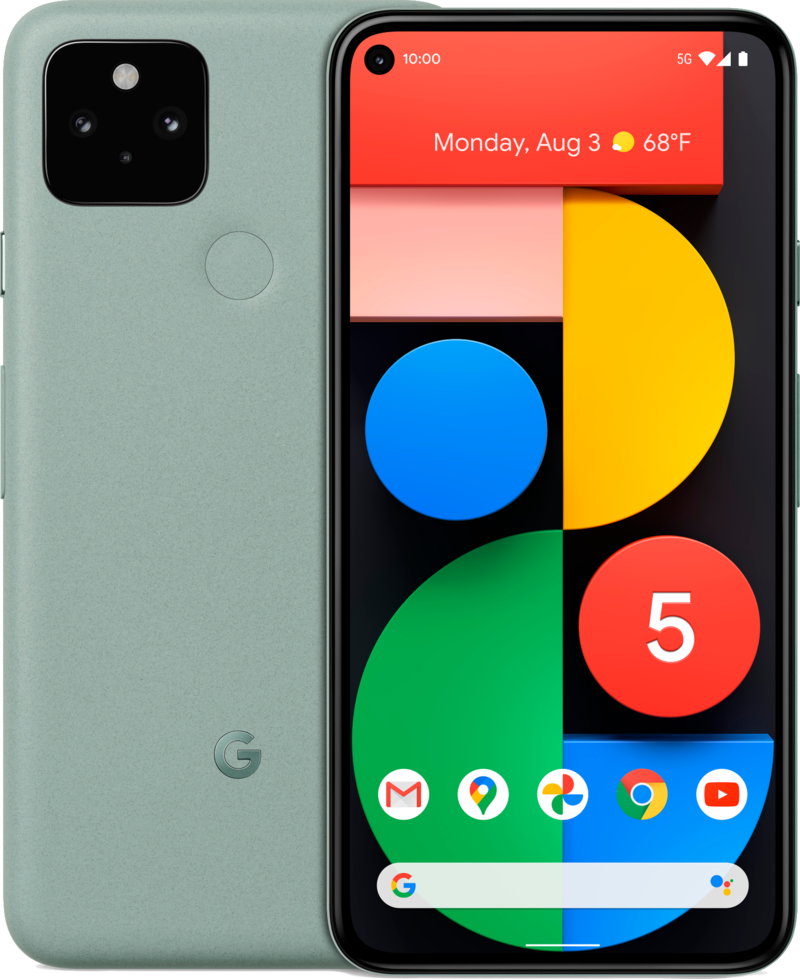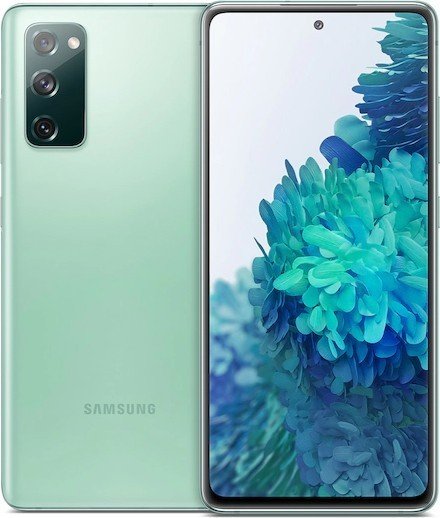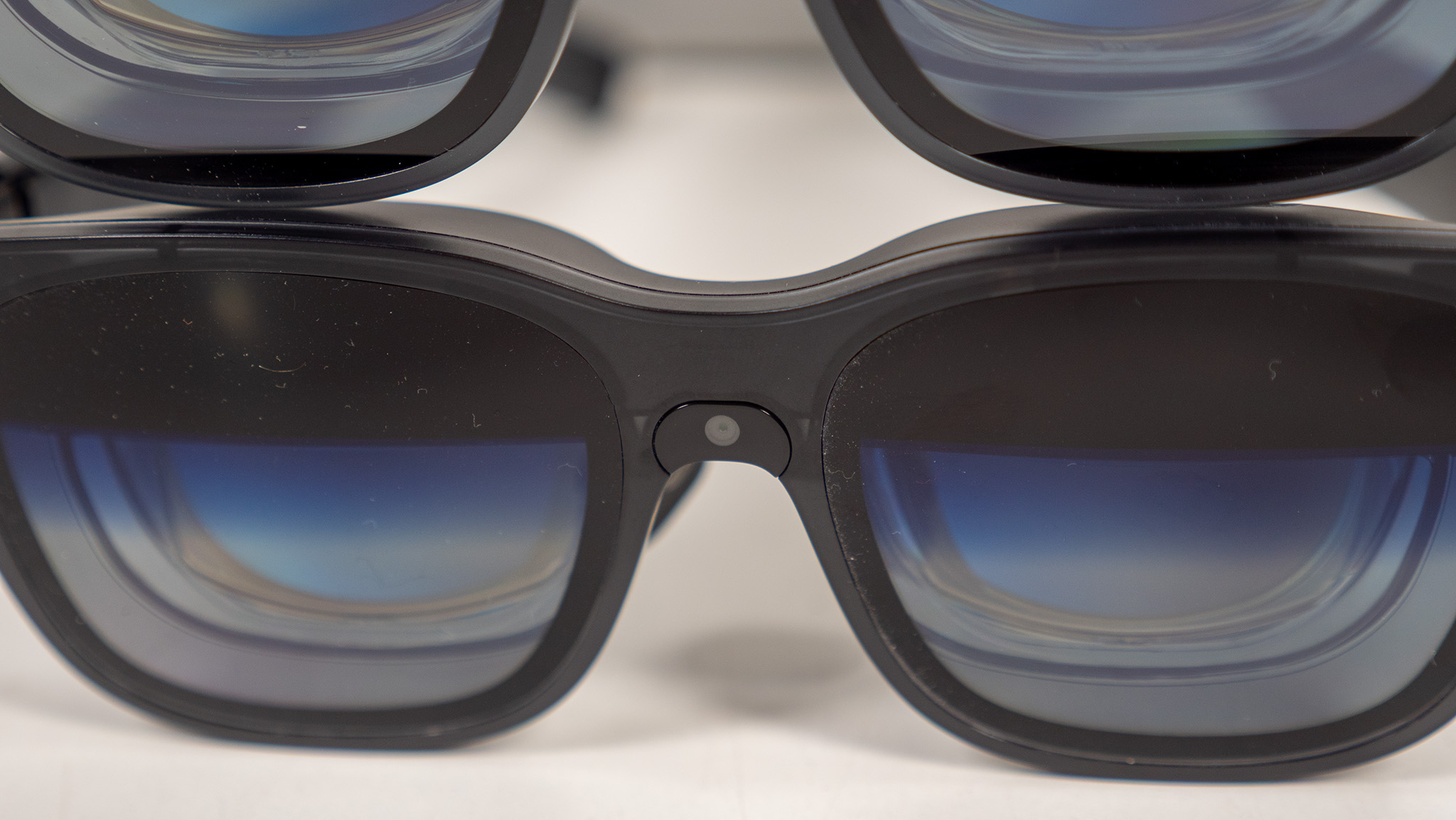Plastic and aluminum phones are making a comeback, and my clumsy fingers are thrilled about it
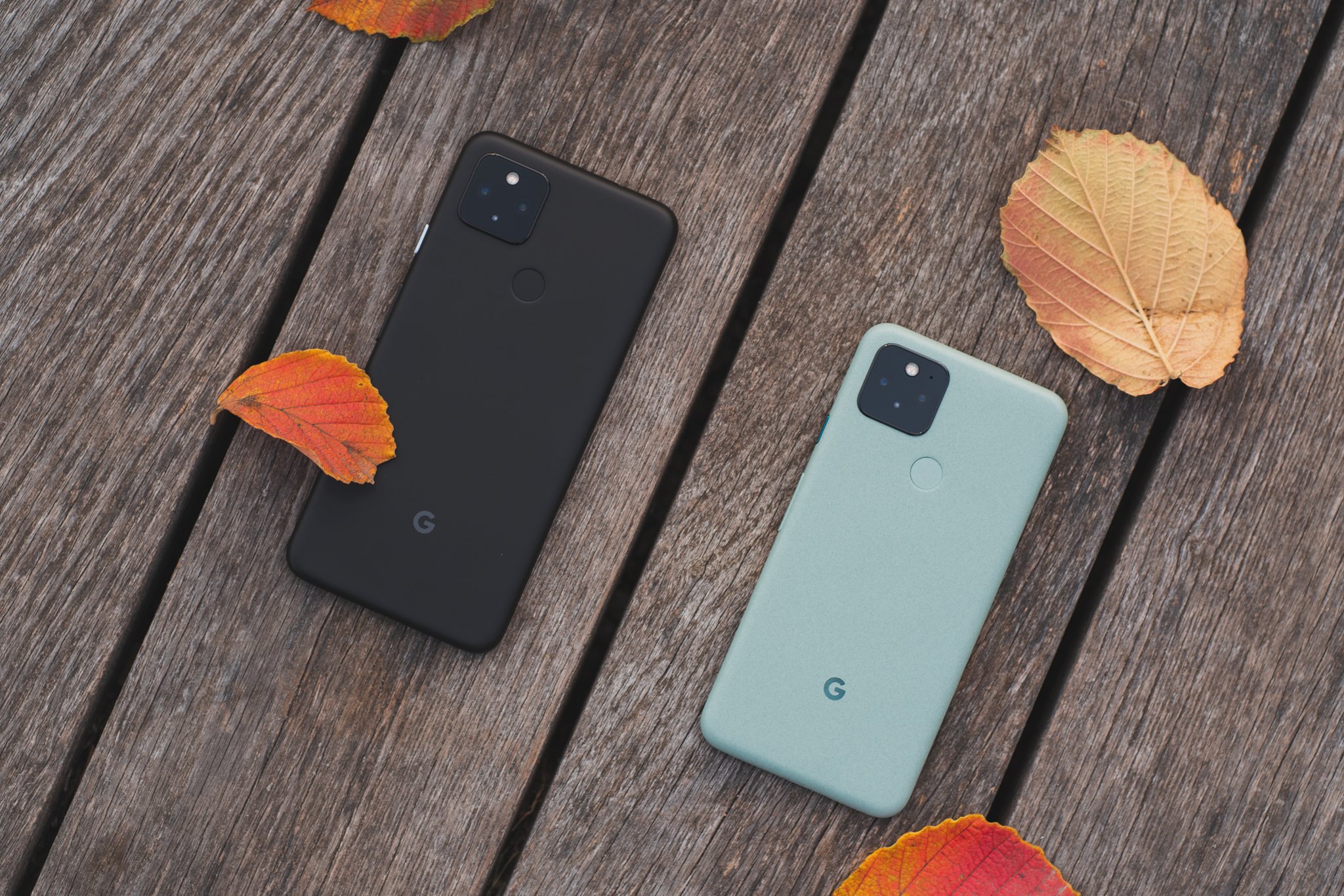
Ever since the best smartphones started getting features like wireless charging and NFC payments, manufacturers have needed to build their devices out of materials that could transmit and receive the necessary signals as efficiently as possible. For many, this meant transitioning away from more durable materials like aluminum or plastic to more fragile, albeit more signal-transparent, materials like glass.
This move to the glass slabs and sandwiches we are all familiar with today was also accompanied by some of the most dramatic price increases we'd seen in the smartphone era, with devices like the iPhone X and Galaxy Note 9 pushing up to and well-beyond the then unthinkable $1,000 price point. However, now that we're in the middle of a global pandemic with its far-reaching economic ramifications, companies are realizing that many customers just want a good, reliable phone that won't break the bank, nor break on impact if dropped. Enter the new golden age of plastic, "glasstic," and aluminum-hybrid value smartphones.
I'd wager that most customers in 2020 just want a good phone that won't break and won't break the bank.
When Apple introduced the iPhone 5c, then SVP of Marketing Phil Schiller was mocked for saying that the device was "unapologetically plastic" when referring to its outer casing. Despite some marketing snafus and other sacrifices that Apple made with that particular device, the construction was actually really well done, and the phone looked and felt great in the hand. My daughter had the blue one at the time, and even when she dropped it in the street and shattered its screen, the polycarbonate shell came away with nary a scratch. Try that with an iPhone 11 Pro or Samsung Galaxy S20. Yeah, I didn't think so.
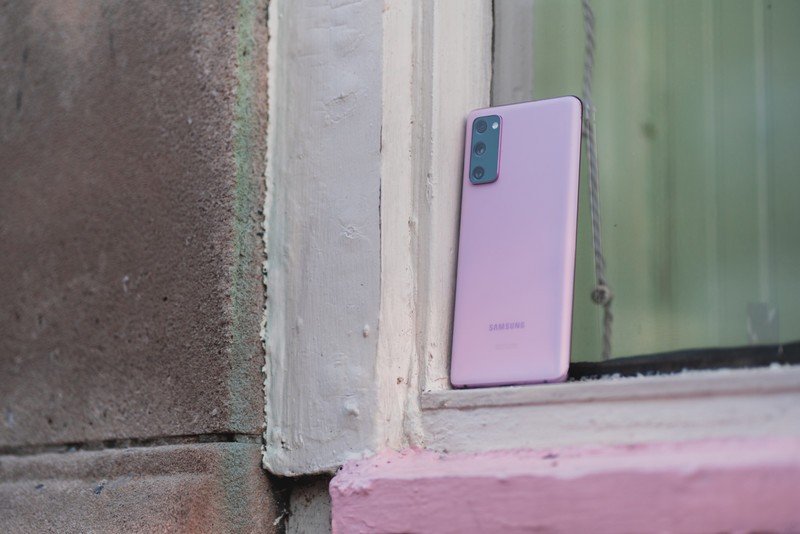
Over the past year, I've come to realize that for as nice as the upper-tier, ultra-premium flagships are, I just don't want to spend a ton of money to get what is essentially a disposable piece of jewelry. The top-end SoCs like Apple's A14 Bionic or Qualcomm's Snapdragon 865+ are amazing, to be sure, but they're more than even I need in my daily life. I also don't relish the thought of babying the computer that I carry around with me literally all the time, or being forced to use a case.
Needless to say, I've been thrilled with the crop of mid-tier and value flagships that have burst onto the scene in 2020 to offer customers all the performance and style they need, along with cameras that can compete with the best of previous year's flagships. I'm of course referring to devices like the TCL 10L and 10 Pro, the Moto G Power, Google Pixel 4a/4a 5G, OnePlus Nord, and of course, the brand new Samsung Galaxy S20 FE and Google Pixel 5.
These manufacturers have made various compromises to achieve these lower price points, like not including the best-of-the-best Snapdragon processors or not having as many cameras as the ultra-premium flagships. However, the most noticeable cost-saving measure has been the change in materials — significantly, the use of plastics (and in Google's case, aluminum).
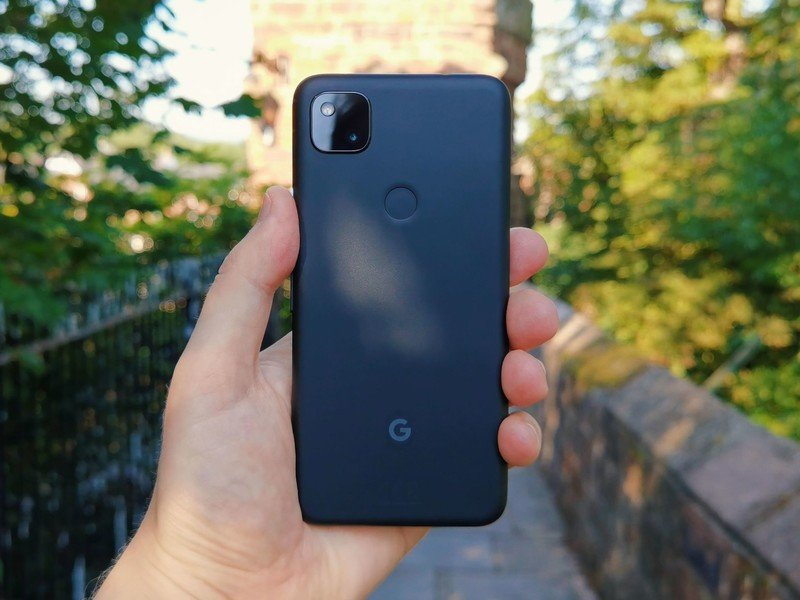
Saving money on a quality device that you're proud to own is one thing, but there are some other important benefits to this materials shift, both tangible and intangible. Allow me to explain.
Get the latest news from Android Central, your trusted companion in the world of Android
Shame me all you want, but I've been noticing fewer repetitive stress injuries now that I've switched to plastic-backed phones
For starters, plastic phones are lighter than glass slabs, and this makes a difference when it's sitting in your pocket or purse, or when you're holding it for far too long texting, Zooming, or Tik Tok-ing your troubles away. I'm not ashamed to admit that I've had some RSI (repetitive stress injury) issues from holding my phones for far too long (ok, I'm a little ashamed), but this ailment has noticeably improved with the lighter plastic-backed devices I've been using of late.
The plastic phones also (often) feel better in the hand, at least to me. I know that's entirely subjective, but these materials can be textured to be more grippable and less susceptible to grimey fingerprints in the way that glass phones so often are. Additionally, plastic phones lend themselves to more daring and dramatic color schemes than many glass phones do; just look at the rainbow of options with the Samsung Galaxy S20 FE. Sure there are beautiful iridescent options from OnePlus and Samsung, but most glass phones don't have a lot of drama to them, in my opinion.
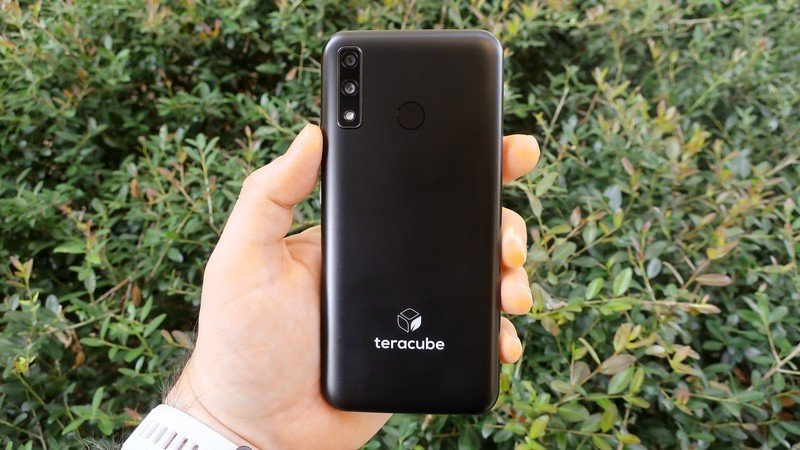
As compelling as these usability examples may be, I would argue that some of the best reasons to switch to plastic-backed phones have to do with sustainability. Wait, what, you may say?! He's arguing that plastic devices can be more sustainable? Well, hear me out.
For one, plastic phones are often more durable than glass phones, which means they are subject to fewer repairs and outright replacements. This can mean they stay in use longer, and we all know that the most sustainable phone is the one you're currently using and not dumping in a landfill on that endless upgrade cycle.
It may seem counterintuitive at first glance, but using plastics in phones may actually be more sustainable in the long run.
Because plastic phones are more durable, that means you can get away with not buying unnecessary cases for them. Cases are a huge source of e-waste (or e-waste related waste), and billions of them are produced each year. The majority of these end up in a landfill in less than a year, all for the cycle to repeat itself. While there are many companies that are taking steps to mitigate this waste with cases that are made from recycled materials, or are made to be recyclable or biodegradable, a better solution is to produce, use, and purchase fewer cases. A more durable phone helps with these efforts.
On the subject of sustainable materials, there are already several phone companies practicing what they preach. Manufacturers like Fairphone have been working on repairable phones made from sustainble and ethically-sourced materials for years now, and new entries like Teracube are highlighting recyclable materials and extra-long support (both hardware and software) to discourage frequent and unnecessary upgrades. Both the Fairphone 3+ and Teracube 2e also have backs that are made from 25%-40% recycled plastics.
Plastics are by no means perfect, but I do think that they can make our smartphones more affordable, more durable, and even more sustainable if done correctly. And I think those are lifestyle features that we'd all welcome in such personal and important devices, don't you?

Jeramy was the Editor-in-Chief of Android Central. He is proud to help *Keep Austin Weird* and loves hiking in the hill country of central Texas with a breakfast taco in each hand.
